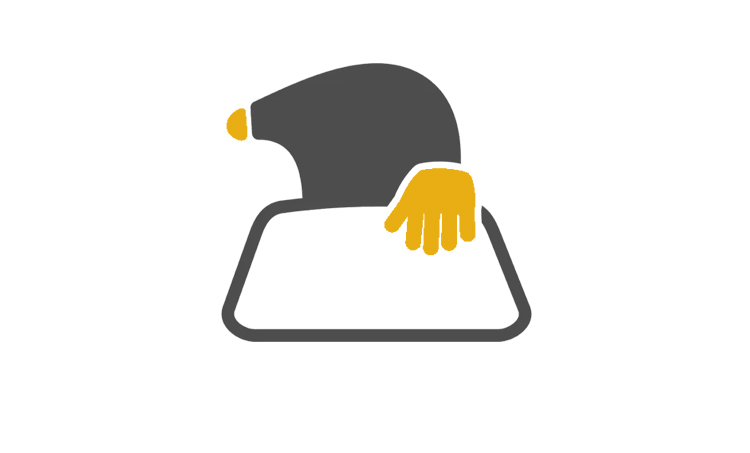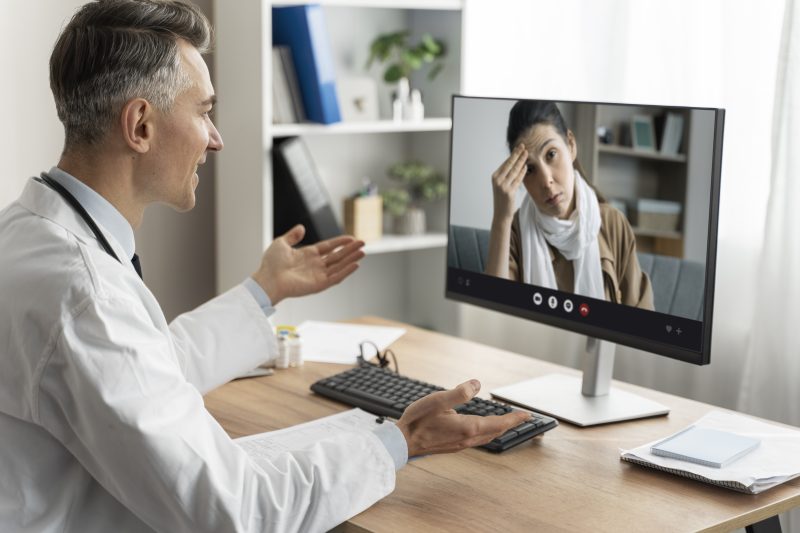Stanley Vashovsky, a New York-based entrepreneur and healthcare innovator, has more than 30 years of experience leading technology-driven companies in the medical and healthcare industries. As the co-founder and former chief executive officer of DocGo, Mr. Vashovsky helped expand the organization into 26 U.S. states and the United Kingdom, introducing new models of mobile and remote healthcare delivery. His career began with the founding of MEDCARE, a healthcare technology company later acquired by Philips Healthcare, where he served as vice president of innovations. Through his leadership at DocGo and earlier ventures, Stanley Vashovsky has championed the integration of technology and patient care—advancing ideas like remote patient monitoring (RPM) that enhance accessibility, engagement, and outcomes in modern healthcare.
An Introduction to Remote Patient Monitoring
The term remote patient monitoring (RPM) refers to a collection of medical services and processes that use digital devices to monitor patient health. The word “remote” does not necessarily mean that a medical professional is not present with the patient, though this is possible. Rather, RPM medical devices allow care providers to quickly share diagnostics and important patient information with the entire healthcare team. RPM technology also facilitates 24/7 patient monitoring, helps patients understand their condition, and drives patient engagement.
RPM is a subset of asynchronous telehealth, which is itself a category of telehealth. The Health Resources and Services Administration’s Office for the Advancement of Telehealth defines telehealth as the use of telecom technologies and related electronic information to provide long-distance clinical health care, as well as related educational and public health initiatives.
Asynchronous telehealth specifically refers to technologies that allow patients and care providers to communicate and share information at different times. Basic examples of asynchronous telehealth include sending text messages to care providers and uploading images and documents to an online healthcare portal. Patients enjoy several benefits via asynchronous telehealth services, from flexible scheduling to more efficient patient intake processes.
RPM devices aid asynchronous telehealth initiatives in several ways. Digital scales can immediately provide both patients and health professionals with important body mass data, while other devices can continuously track a patient’s heart rate, blood pressure, and blood sugar levels. Doctors use other tools to track sleep patterns and potential respiratory issues. Healthcare providers also use RPM devices to monitor an infant’s health during pregnancy.
While patients enjoy many benefits through the use of RPM technology, they must also take on a few responsibilities. Certain devices, for example, require patients to take an active role in collecting and sharing data with health providers. While some wearable devices collect and share data automatically, other devices necessitate daily reporting, or even multiple reports per day. In some cases, patients may need to manually enter data into a patient portal before transmitting the information to care providers. During this process, patients must review and ensure the accuracy of the data they enter, as errors can hinder a medical team’s ability to accurately interpret and act on patient data. After sharing data with a medical care provider, patients and doctors can review the data and make plans for improved health management.
Depending on a patient’s health status and the devices they are using, providers may need to take more immediate action based on the data output. If patient data falls outside of a certain threshold, health professionals must contact the patient and, assuming the patient entered the correct data, adjust medication levels or schedule an appointment. In extreme cases, patients may need to seek care at the nearest emergency department.
Enhanced patient engagement represents one of the key advantages of RPM. Patients are inherently more involved in the RPM process and have immediate access to their personal health data. Individuals can quickly make connections between health-related activities, such as their diet, and their overall sense of health and wellness. Subsequently, patients can take a more active and informed position while discussing health strategies and treatment options with doctors. Providers, meanwhile, enjoy more streamlined care coordination processes. RPM is particularly helpful when it comes to taking preventive measures before health conditions demand more costly and complex treatments.
Looking ahead, remote patient monitoring is poised to become an even more integral part of healthcare delivery. As technology advances and devices become smarter, more affordable, and easier to use, RPM will expand access to care, strengthen preventive medicine, and reduce the strain on traditional healthcare systems. By empowering patients with real-time insights and enabling providers to intervene earlier, RPM has the potential to transform patient outcomes and reshape the future of modern medicine.
About Stanley Vashovsky
Stanley Vashovsky is a healthcare entrepreneur and former chief executive officer of DocGo, a leading mobile healthcare company that integrates technology and patient care. Over his three-decade career, he has founded and led multiple health technology ventures, including MEDCARE, which was acquired by Philips Healthcare. At DocGo, he helped scale operations across the United States and the United Kingdom while pioneering tech-enabled medical transport and mobile health services. His work continues to reflect his commitment to innovation and improving access to quality healthcare through technology.






